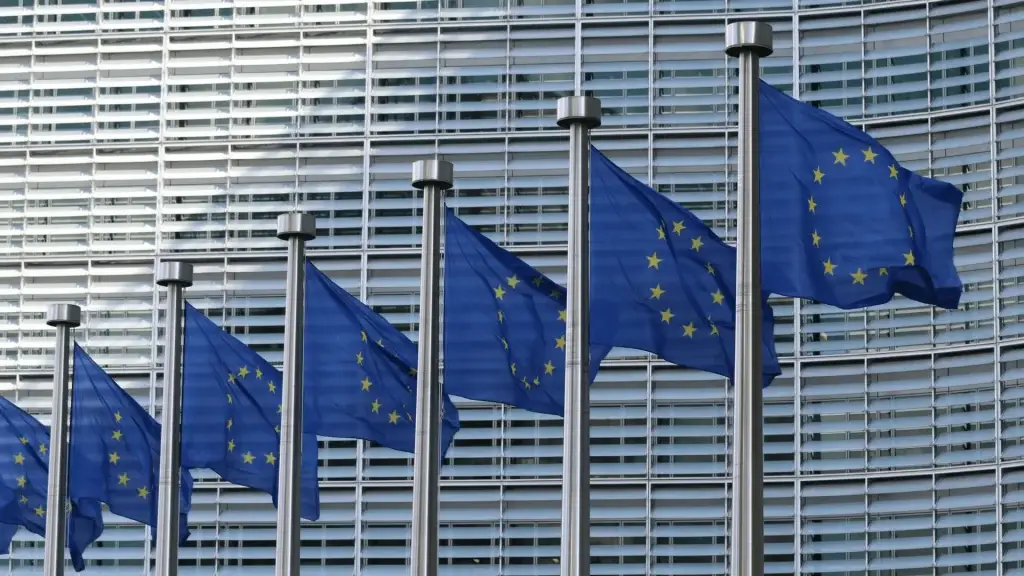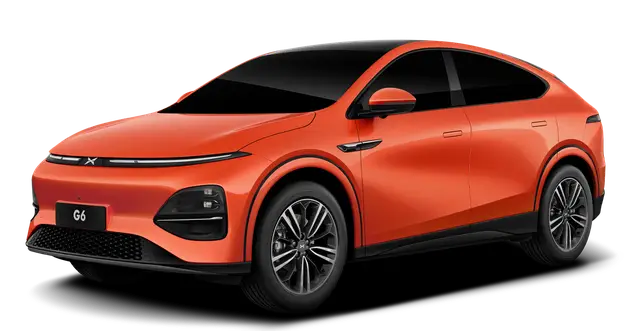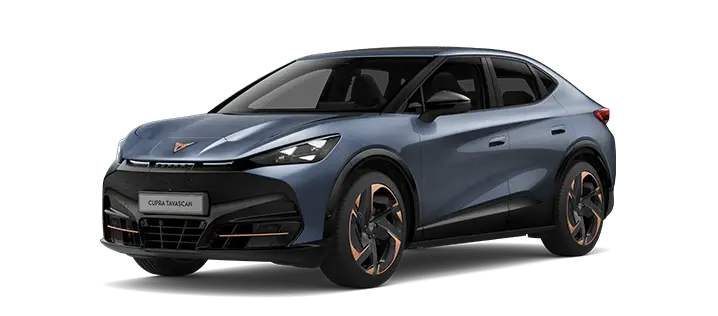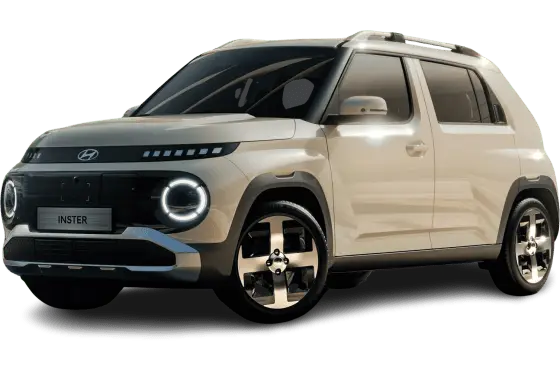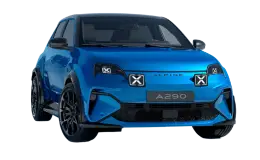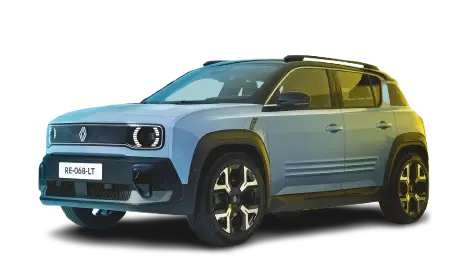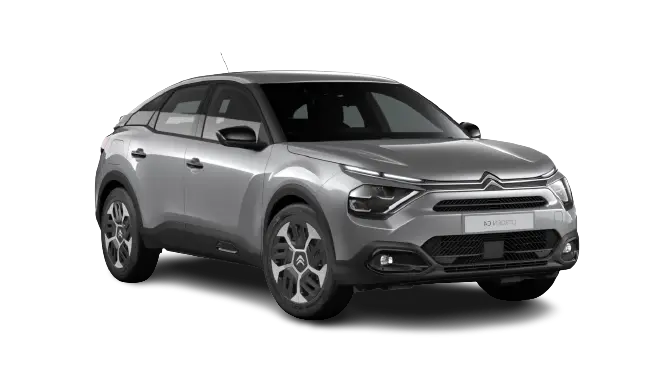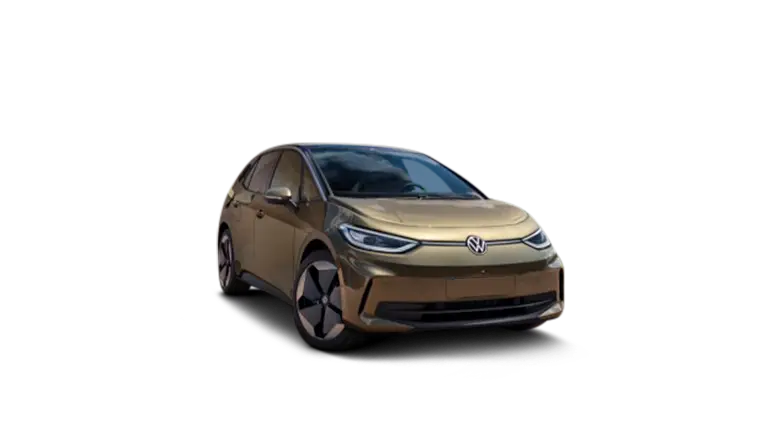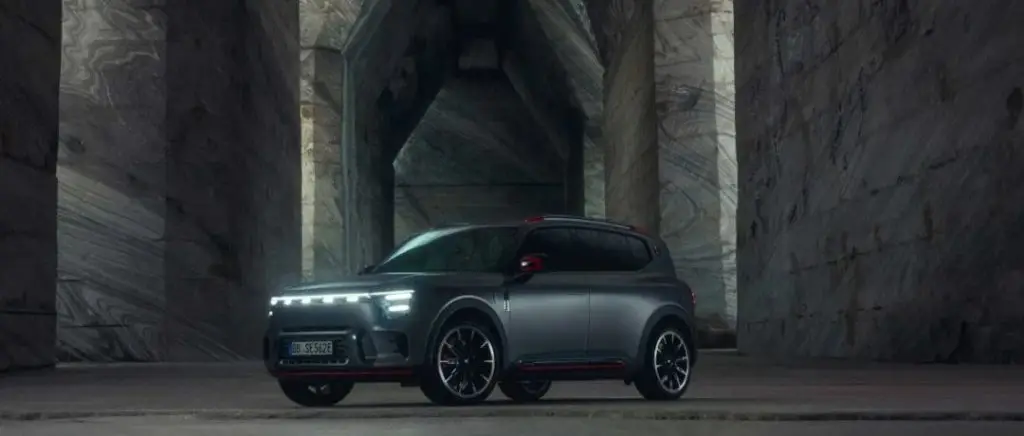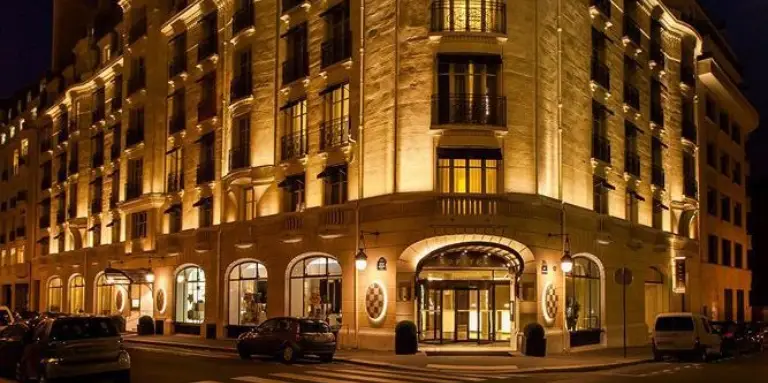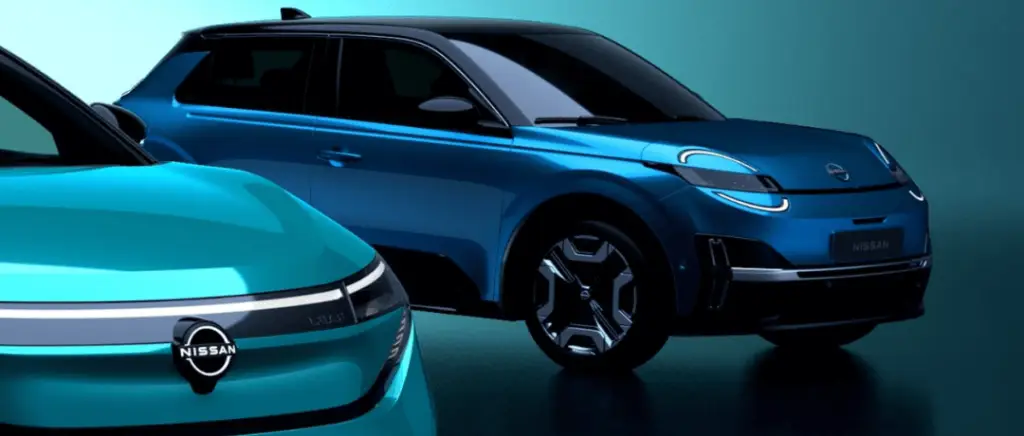What is the European Green Deal?
The ultimate goal of the European Green Deal seems quite clear: to be thefirst continent in the world to achieve carbon neutrality. This achievement is much more complicated than we might imagine, since our entire society and economy is based on production processes and services that are major emitters of CO2 and pollutants. In other words, since almost everything we use, eat or see is in some way polluting, we need to reinvent and change our entire production and supply chain. The European Union is aware of these complexities and has therefore decided to set 2050 as the year of carbon neutrality.
The year 1990 has been chosen as the reference point for emissions. The EU has already done an impressive job over the last 30 years, reducing greenhouse gas emissions by 25% compared to 1990 levels. But this result is not enough, fundamental changes will have to be implemented in the coming years, and targets need to be met on time to achieve carbon neutrality by 2050.
What are the objectives of the Green Deal?
The EU is implementing various programs to accelerate the decarbonization process simultaneously in different sectors. The sectors identified as the most crucial and urgent are the following:
- Clean and renewable energies
Energy production is responsible for 30% of the EU's total greenhouse gas emissions. It is therefore one of the main priorities for its 2050 targets. Technological innovation provides us with different and more efficient ways of producing clean energy, but it is necessary to invest resources and time in building new infrastructures and, in general, in creating more local energy production systems.
- Industry
Representing 25% of total emissions, industry is one of the most difficult spheres to decarbonize, particularly for specific sectors such as steel, cement and textile production, due to their highly polluting nature.
- The building sector
It's not much talked about compared to its cousins, mobility and renewable energies, but it's still responsible for around 13% of greenhouse gas emissions. A totally new and intelligent way of constructing and renovating buildings must be implemented over the coming decades.
- Mobility and transport
The free movement of people and goods within countries and around the world is a fundamental necessity of our society, giving people the freedom to go anywhere, anytime. In this context, it is essential to renovate and rethink the mobility sector, in order to achieve low-to-zero emissions as quickly as possible. Electric cars seem to be the best option available today, offering the same (if not better in some cases) experience as internal combustion engines, but reducing road emissions to zero. In an effort to interconnect member states, the European Union is also funding rail infrastructure through the TEN-T.
- Food, agriculture and livestock
Food is an essential human need. However,food is responsible for around 11% of European emissions, and although it is a vital industry, it has also shown that the level of inefficiency and waste is extremely high.
- Biodiversity and animal extinction
As part of the process of decarbonizing our entire economy, it is also urgent to consider the possible consequences of our actions on animals, plants and all other forms of life, in order to halt the exponential mass extinction. Monocultures and intensive agriculture must be replaced by alternative, more sustainable farming methods.
- Polluting substances
Some production methods and processes involve huge quantities of extremely toxic and polluting substances. It is essential to implement different, alternative methods and to rethink these highly polluting production processes.
An action plan for the circular economy
The European Commission has published a number of documents on the circular economy, including one calling on member states to carry out activities aimed at transforming their economies into circular economies.
The Emissions Trading Scheme: thissets an absolute limit or "cap" on the total quantity of certain greenhouse gases that can be emitted each year by the entities covered by the scheme.
The "farm to fork" strategy : this aims to implement a more sustainable and efficient mode of food production. It could also improve the general health of citizens and offer fair compensation to producers and farmers.
Revision of the Energy Taxation Directive: taking a close look at subsidies and tax exemptions for fossil fuels.
A new strategy for electric and intelligent mobility:aimed at reducing emissions from transport and creating a digital and connected environment to facilitate the switch to electric vehicles.
A European forestry strategy:aimed at preserving and restoring Europe's forests, with a view to carbon absorption and biodiversity.
What are the next steps in the Green Deal?
The European Union is setting specific targets and objectives to be achieved in specific years. In so doing, a kind of roadmap is beginning to emerge, which could give a fuller picture of the complexity and scale of the Green Deal's intentions.
Once again, to simplify the process, it is differentiated by sector.
Transport and mobility
The European Union is aware of the importance of the transition to greener mobility, which is why a specific strategy has been defined to ensure that all 27 EU member states achieve emission-free transport. To achieve this, the EU has set targets for the coming years:
- 55% reduction in car emissions by 2030
- 50% reduction in emissions from light trucks by 2030
- zero emissions for new cars from 2035.
Buildings and construction
Due to their long lifespans, homes and buildings in European cities are generally very old and, as a result, extremely energy-inefficient. Over the next few decades, we're going to see changes in this area:
- 35 million buildings could be renovated by 2030
- 160,000 new jobs could be created in the green construction sector by 2030.
- oblige member states to renovate at least 3% of the total surface area of all public buildings every year.
- set a target of 40% renewable energies by 2030
- require member states to increase the use of renewable energies for heating and cooling by +1.1 percentage points each year until 2030
Power generation
Renewable energies will play a central role in the transition to a carbon-neutral society. Each country needs to understand which renewable energy mix is right for it, and draw up a specific plan to meet the EU's targets on time.
- 40% renewable energies by 2030
- 36-39% new energy efficiency targets by 2030
Carbon absorption
Restoring nature and allowing biodiversity to thrive again offers a quick and cheap solution for absorbing and storing carbon.
The Commission is therefore proposing to restore Europe's forests, soils, wetlands and peatlands. This will increase CO2 absorption and make our environment more resistant to climate change.
- 310 million tonnes is the target for carbon absorption over the next few years.
Green Deal financing
The EU's Green Deal objectives are highly ambitious, requiring a strong collective and personal commitment. For this reason, and because of its "mosaic" structure, it is often said that this transition can be considered the greatest challenge of this century.
But how will the Green Deal be financed? Who will pay for it? Let's take a closer look.
Alongside the Green Deal, the European Union has defined what is known as the European Investment Plan for the Green Deal, which aims to organize the funds that will make the ecological transition possible. Basically, the European Union will allocate over €1,000 billion to implement the Green Deal strategy. This impressive budget will be divided into two main funding streams: half the budget, or €528 billion, will come directly from the EU budget and the EU Emissions Trading Scheme. The other half will be financed by the InvestEU program, which combines 279 billion euros from the public and private sectors with 114 billion euros in co-financing from member states.
Avoiding unfair competition and carbon leakage
Given that the EU Green Deal will rapidly change the production system in the 27 member states, there is a strong chance that importing high-emission products from countries with less ambitious emissions targets will be more advantageous than importing products made in Europe. This concept is known as " carbon leakage ", and could jeopardize the EU's aspirations to carbon neutrality. To avoid carbon-intensive imports, carbon leakage will be controlled by a border carbon adjustment mechanism, so that the price of imports more accurately reflects their carbon content.
This mechanism will also encourage other countries heavily dependent on exports to Europe to move towards a more sustainable production system, ideally creating a collateral positive impact in regions outside the EU27. It could also act as a deterrent to the relocation of goods production to countries with lower labor costs, in order to achieve a more competitive final price.
What impact will the Green Deal have on Europe?
The Green Deal will change Europe as we know it today. It is the most ambitious project ever undertaken by the 27 member states, and will reshape the economy and society of an entire continent.
Firstly, being able to overcome the environmental problems associated with climate change is a historic achievement that will help avoid the terrible consequences of a climate catastrophe. The general improvement in quality of life and the creation of a healthier, fairer working system will guarantee a better Europe for future generations.
As a result, a more efficient and intelligent industry will minimize waste and inefficiencies, creating a more productive environment with healthy new growth.
There's a good chance that Europe will be the first continent in the world to achieve carbon neutrality, due to the ambitious choices that have been made by the EU and the general sense of importance attached to the subject. This process will enable Europe to take the lead in the sustainability movement, serving as a benchmark for other countries around the world and helping other states to achieve the same level of low-carbon society.
Green Deal and electric vehicles, a solid duo
As we've already seen, theelectrification of private and public vehicles is at the heart of the EU's concerns, but let's try to better understand what the consequences of this transition will be.
Electric vehicles are set to leap ahead in 2022, with around 233,000 BATTERY-POWERED s sold in Europe in the first 6 months of the year, a figure to be set against the 409,000 diesel units sold. In the 18 European markets, electric vehicles now account for almost 10% of market share, while diesel car sales have fallen to 17% of the total. These data explicitly show the strong trend emerging in Europe, with electric cars creating more and more space and European governments increasingly enthusiastic about fleet electrification.
The European Union has also been clear about the emissions requirements imposed on carmakers. The average emissions of new passenger cars sold in Europe must not exceed 95 grams of carbon dioxide per kilometer; by 2025, this figure will fall by 15%, then by a further 37.5% by 2030. For many carmakers, this means there is no alternative but to offset the impact of selling more polluting models by building zero-emission vehicles. This explains the growing presence of electric vehicles in automakers' product ranges. You can consult our our catalog to discover them all, or if you want to be more precise, you can consult the the top 10 cheapest cars on the market or thelongest-range cars available today.
The European Union knows that in order to ensure a complete and organic transition to electric vehicles, it is necessary to eliminate the main concerns: recharging and range. For consumers to feel comfortable with EVs, it is crucial to work primarily on an extensive and efficient recharging infrastructure, enabling users to have the same freedom and autonomy as with internal combustion engine vehicles. Private charging stations are very useful, but states must also ensure that they provide a solid, reliable charging network capable of supporting the large number of new electric vehicles coming onto the market every year. That's why the EU is aiming to install one million charging stations in all 27 member states by 2025. We're keeping our fingers crossed that this target will be met!
In conclusion
The roadmap in Europe is clear: sustainability is the new word of the 21st century, and carbon neutrality will be the next milestone in human history. The aim now is to find the most efficient way of achieving this ambitious goal, and for now, electric vehicles and renewable energies seem to be leading the way in this direction. The obstacles ahead may be many and varied, but the figures give us hope for the best.
If, in view of all this, you've decided to take part in this global change, check out the best solutions we've listed to help you make the switch to electric vehicles or learn more about electric cars and sustainability from our experts in their latest articles!
